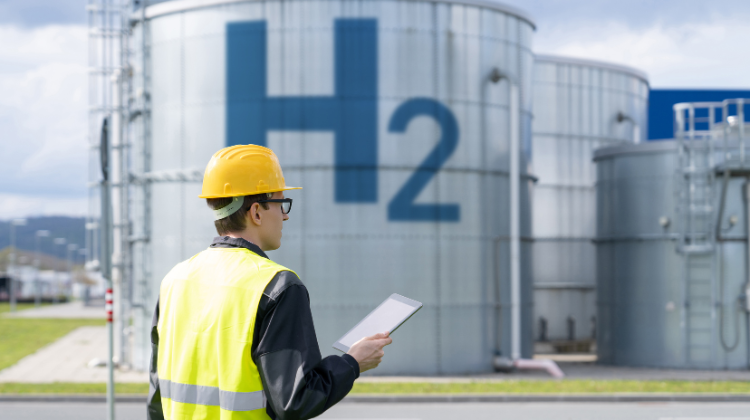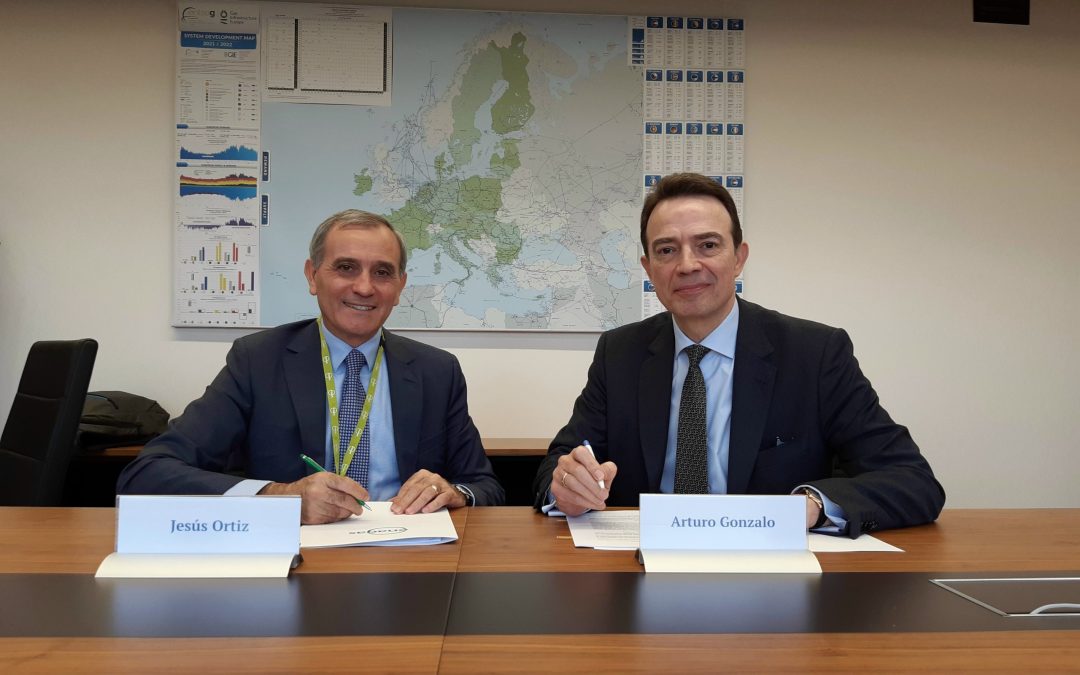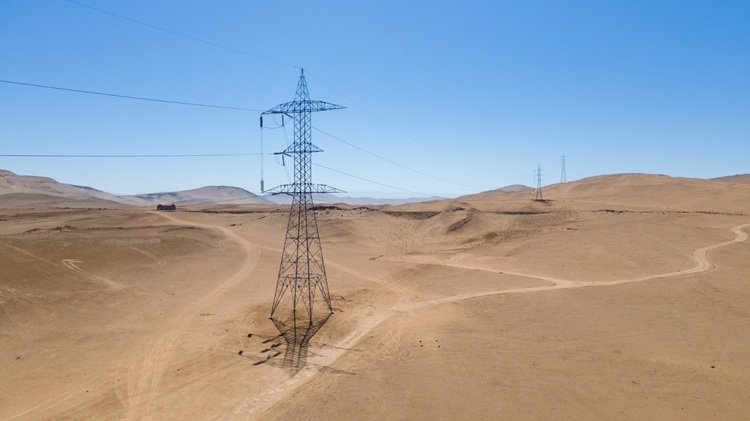The Galician Hydrogen Association (AGH2) faces challenges in permitting, financing, and regulations as it aims to promote hydrogen in industry, mobility, and domestic consumption, with the first implementations planned for 2025.












The Galician Hydrogen Association (AGH2) faces challenges in permitting, financing, and regulations as it aims to promote hydrogen in industry, mobility, and domestic consumption, with the first implementations planned for 2025.

With a budget of 2 billion euros, the upcoming European Hydrogen Bank auction will be crucial for the development of the sector. Experts point out that competitive projects will depend on their maturity, ability to attract consumers, and adaptability to the strict conditions imposed.

Renewable hydrogen, key to Europe’s energy transition, faces slow adoption and regulatory barriers that hinder the achievement of 2030 goals. ACER’s recent report points to infrastructure, costs, and the lack of alignment among Member States as the main causes.

Hydrogen is a key element for the energy transition, but the European market faces structural challenges. Germany leads consumption, with industrial sectors like refining dominating demand.

Driven by the Spanish multinational Celsa and IREC, along with a dozen companies and technology centers, the project has explored the applications of SOEC technology for the sector. This electrolyzer operates at high temperatures, utilizing residual heat and excess steam generated in industrial facilities to produce renewable hydrogen.

The two companies have signed a collaboration agreement to promote carbon footprint reduction projects, focusing on the development of a logistics chain for the capture, transport, and storage of CO2.

With a production cost still ranging between 5 and 6 euros per kilogram, green hydrogen remains an expensive option. Alejandro Diego Rosell, professor and consultant, emphasizes the need for pilot projects and auctions to reduce costs in a market that maintains limited expectations.

The H2med partners have launched today the *Call for Interest* process to assess the infrastructure needs of stakeholders in the hydrogen value chain. The platform, which will be open until December 18, will help optimize the infrastructure design and establish operational requirements.

Donald Trump’s victory in the U.S. elections raises concerns in the European renewable energy sector, where the pressure to protect the domestic industry could trigger a chain reaction. Experts consulted highlight the potential effects on energy markets and the progress of clean technologies, with implications for the region’s competitiveness in an uncertain context.

The 2024 Autumn Budget, presented by Chancellor Rachel Reeves, directs resources towards energy independence and strengthens infrastructure development with funding reaching £2 billion for green hydrogen projects, renewable energy, and emerging technologies.

With a production value of at least €4.5/kg, hydrogen is far from competing with the declining forecast for gas by 2030. In light of this, analysts suggest to Energía Estratégica España that the intention to make the tax on energy companies permanent could be used as a reason to postpone investments.

The dissemination of technical information in this energy transition is crucial, and Energía Estratégica España tracks over 10,000 profiles, resulting in a ranking of energy professionals with the most followers.

The General Director of APPA Renovables, José María González Moya, analyzes the progress of renewables and the remaining challenges to consolidate energy independence in Spain, in a year where the sector achieved net savings of €9.5 billion in the electrical system and avoided fossil fuel imports worth €15.622 billion.

Following Repsol’s announcement to prioritize investments in Portugal, Bianca Dragomir, Director of Cleantech for Iberia, emphasizes that the Iberian Peninsula has exceptional potential to become a hub for clean technologies. However, she highlights the need to improve infrastructure and interconnections, as well as maintain fiscal competitiveness to attract more renewable energy investments.

The German regulator BNetzA has greenlit the central hydrogen network, which will span 9,040 km. The estimated investment is 18.9 billion euros, with a transport potential of 278 TWh of hydrogen, driving the energy transition in Europe and strengthening connections with other countries.

Some of the highlighted innovations such as ARIEMA’s alkaline electrolysis, LOMARTOV’s advanced storage, AICIA’s microgrids, and AJUSA’s PEM fuel cells are positioning Spain as a leader in renewable hydrogen for energy and transportation.

Ioan Iordache, Executive Director of the Romanian Hydrogen Energy Association, points out that the green hydrogen produced in Romania is consumed at the place of production, which is why he believes the sector must focus on the development of hydrogen valleys. He also assures that pilot projects are underway that will generate new opportunities for the sector.

After several weeks of stability, green hydrogen prices have risen to 248.888 euros per MWh. There are expectations that new European measures may moderate this trend in the future.

In a context where the energy transition is presented as a global challenge, Ursula Von der Leyen sets out an ambitious plan to accelerate the use of renewable energy. Meanwhile, OPEC opposes this vision, emphasizing the continued presence of oil in the global energy mix.

The Spanish and Dutch operators formalize an agreement to analyze joint projects and the sustainable management of CO2, as well as the storage and transportation of decarbonized molecules such as green hydrogen and green ammonia from Spain to the Netherlands.

Javier Brey, president of AeH2, points out that to increase the demand for renewable hydrogen, two things are necessary: clear rules and economic incentives. He also states: “Imposing mandatory quotas in key sectors, such as industry and transportation, can be a great incentive.”

The Galician Hydrogen Association (AGH2) faces challenges in permitting, financing, and regulations as it aims to promote hydrogen in industry, mobility, and domestic consumption, with the first implementations planned for 2025.

With a budget of 2 billion euros, the upcoming European Hydrogen Bank auction will be crucial for the development of the sector. Experts point out that competitive projects will depend on their maturity, ability to attract consumers, and adaptability to the strict conditions imposed.

Renewable hydrogen, key to Europe’s energy transition, faces slow adoption and regulatory barriers that hinder the achievement of 2030 goals. ACER’s recent report points to infrastructure, costs, and the lack of alignment among Member States as the main causes.

Hydrogen is a key element for the energy transition, but the European market faces structural challenges. Germany leads consumption, with industrial sectors like refining dominating demand.

Driven by the Spanish multinational Celsa and IREC, along with a dozen companies and technology centers, the project has explored the applications of SOEC technology for the sector. This electrolyzer operates at high temperatures, utilizing residual heat and excess steam generated in industrial facilities to produce renewable hydrogen.

The two companies have signed a collaboration agreement to promote carbon footprint reduction projects, focusing on the development of a logistics chain for the capture, transport, and storage of CO2.

With a production cost still ranging between 5 and 6 euros per kilogram, green hydrogen remains an expensive option. Alejandro Diego Rosell, professor and consultant, emphasizes the need for pilot projects and auctions to reduce costs in a market that maintains limited expectations.

The H2med partners have launched today the *Call for Interest* process to assess the infrastructure needs of stakeholders in the hydrogen value chain. The platform, which will be open until December 18, will help optimize the infrastructure design and establish operational requirements.

Donald Trump’s victory in the U.S. elections raises concerns in the European renewable energy sector, where the pressure to protect the domestic industry could trigger a chain reaction. Experts consulted highlight the potential effects on energy markets and the progress of clean technologies, with implications for the region’s competitiveness in an uncertain context.

The 2024 Autumn Budget, presented by Chancellor Rachel Reeves, directs resources towards energy independence and strengthens infrastructure development with funding reaching £2 billion for green hydrogen projects, renewable energy, and emerging technologies.

With a production value of at least €4.5/kg, hydrogen is far from competing with the declining forecast for gas by 2030. In light of this, analysts suggest to Energía Estratégica España that the intention to make the tax on energy companies permanent could be used as a reason to postpone investments.

The dissemination of technical information in this energy transition is crucial, and Energía Estratégica España tracks over 10,000 profiles, resulting in a ranking of energy professionals with the most followers.

The General Director of APPA Renovables, José María González Moya, analyzes the progress of renewables and the remaining challenges to consolidate energy independence in Spain, in a year where the sector achieved net savings of €9.5 billion in the electrical system and avoided fossil fuel imports worth €15.622 billion.

Following Repsol’s announcement to prioritize investments in Portugal, Bianca Dragomir, Director of Cleantech for Iberia, emphasizes that the Iberian Peninsula has exceptional potential to become a hub for clean technologies. However, she highlights the need to improve infrastructure and interconnections, as well as maintain fiscal competitiveness to attract more renewable energy investments.

The German regulator BNetzA has greenlit the central hydrogen network, which will span 9,040 km. The estimated investment is 18.9 billion euros, with a transport potential of 278 TWh of hydrogen, driving the energy transition in Europe and strengthening connections with other countries.

Some of the highlighted innovations such as ARIEMA’s alkaline electrolysis, LOMARTOV’s advanced storage, AICIA’s microgrids, and AJUSA’s PEM fuel cells are positioning Spain as a leader in renewable hydrogen for energy and transportation.

Ioan Iordache, Executive Director of the Romanian Hydrogen Energy Association, points out that the green hydrogen produced in Romania is consumed at the place of production, which is why he believes the sector must focus on the development of hydrogen valleys. He also assures that pilot projects are underway that will generate new opportunities for the sector.

After several weeks of stability, green hydrogen prices have risen to 248.888 euros per MWh. There are expectations that new European measures may moderate this trend in the future.

In a context where the energy transition is presented as a global challenge, Ursula Von der Leyen sets out an ambitious plan to accelerate the use of renewable energy. Meanwhile, OPEC opposes this vision, emphasizing the continued presence of oil in the global energy mix.

The Spanish and Dutch operators formalize an agreement to analyze joint projects and the sustainable management of CO2, as well as the storage and transportation of decarbonized molecules such as green hydrogen and green ammonia from Spain to the Netherlands.

Javier Brey, president of AeH2, points out that to increase the demand for renewable hydrogen, two things are necessary: clear rules and economic incentives. He also states: “Imposing mandatory quotas in key sectors, such as industry and transportation, can be a great incentive.”

Select the sector you
want to know more about

CEO Enrique Garduño expects exponential growth in battery storage as regulation evolves, costs fall and Mexico’s renewable energy expansion accelerates. The company announced a USD 110 million investment plan and a partnership with BYD Energy Storage to deploy 300 MWh of BESS systems.

Redinter’s Country Manager forecasts greater volume and diversity of grid projects over the next five years, driven by decarbonization goals, regulatory modernization and the need to reinforce Chile’s National Electric System.

At the Future Energy Summit (FES) Colombia, ACOSOL’s Jan Kleyn urged simpler rules, stronger coordination with banks and a regulatory overhaul to unlock residential and commercial solar PV growth.